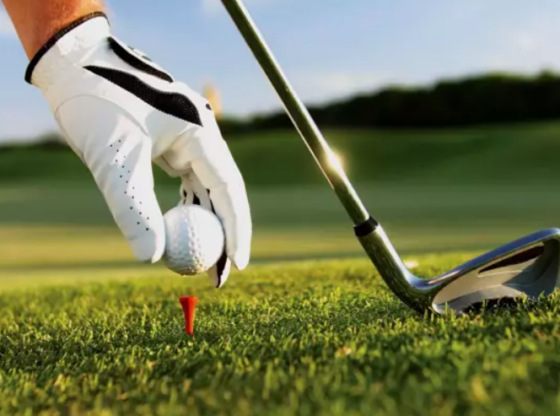Golf is a sport that requires precision, technique, and the right equipment to excel. Whether you’re a beginner just getting into the game or an experienced golfer looking to upgrade your gear, choosing the right golf equipment is crucial for improving your game and enjoying your time on the course. In this guide, we’ll explore the key factors you should consider when purchasing golf equipment, from clubs to accessories.
1. Golf Clubs
Golf clubs are arguably the most important equipment in your golf bag. The right set of clubs can significantly impact your performance, so it’s essential to choose wisely based on your skill level, playing style, and physical attributes. Here are some key considerations when selecting golf clubs:
- Club Type and Set Makeup: Determine whether you need a full set of clubs (driver, woods, irons, wedges, putter) or if a partial set suits your needs.
- Clubhead Design: Different clubhead designs (blade vs. cavity back for irons, for example) offer varying levels of forgiveness and control.
- Shaft Flexibility (Flex): Choose the shaft flex (stiff, regular, senior, etc.) that matches your swing speed and tempo.
- Club Length and Lie Angle: Custom fitting can optimize your club length and lie angle for better ball-striking consistency.
For serious golfers, investing in custom-fit clubs tailored to your specifications can enhance your game by maximizing distance, accuracy, and consistency.
2. Golf Balls
Selecting the right golf ball is often overlooked but plays a significant role in your overall performance. Golf balls vary in construction, compression, spin rate, and feel. Consider the following when choosing golf balls:
- Compression Rating: Lower compression balls are suitable for slower swing speeds, while higher compression balls are better for faster swing speeds.
- Cover Material: Urethane covers provide better spin control and feel around the greens compared to surlyn covers.
- Durability: Some golf balls are designed for better durability, which can be beneficial if you tend to lose balls frequently.
Experimenting with different golf ball types and brands can help you find the perfect match for your game.
3. Golf Shoes and Apparel
Comfortable and supportive golf shoes are essential for walking the course and maintaining stability during your swing. Look for golf shoes with features such as waterproofing, traction, and arch support. Additionally, choosing golf apparel that allows for freedom of movement and moisture-wicking properties can enhance your comfort and performance.
- Golf Shoes: Consider spiked vs. spikeless options based on course conditions and personal preference.
- Golf Apparel: Opt for lightweight, breathable fabrics that provide sun protection and allow for unrestricted movement.
4. Golf Bags and Accessories
A well-organized golf bag and essential accessories can make your time on the course more enjoyable and efficient. Here’s what to consider:
- Golf Bag Type: Choose between carry bags, stand bags, cart bags, or tour bags depending on how you prefer to transport your clubs.
- Storage and Organization: Look for bags with enough compartments for clubs, balls, tees, clothing, and other accessories.
- Accessories: Essentials such as golf gloves, rangefinders, umbrellas, and divot tools can improve your game experience and preparedness on the course.
5. Budget and Value
Lastly, consider your budget and the overall value of the golf equipment you’re purchasing. While quality golf gear can enhance your performance and enjoyment, it’s essential to balance your investment with your commitment to the game.
- Quality vs. Cost: Higher-quality equipment often comes with a higher price tag but can provide better performance and durability over time.
- Brand Reputation: Trusted golf equipment brands often offer reliable products backed by warranties and customer support.
